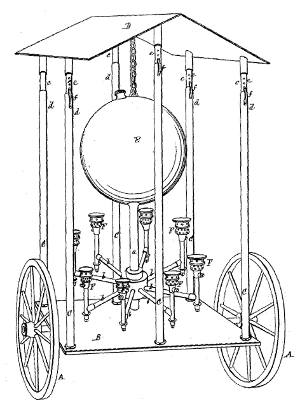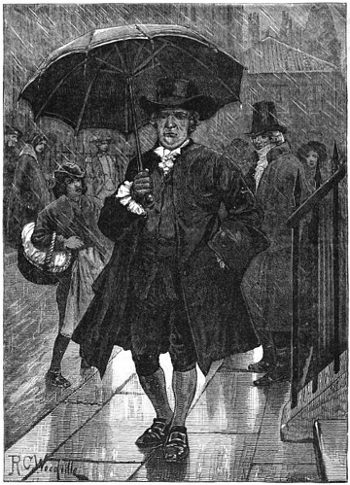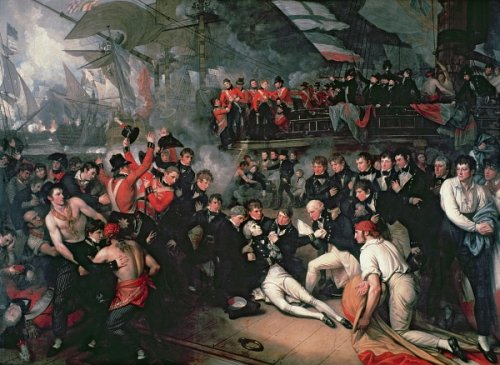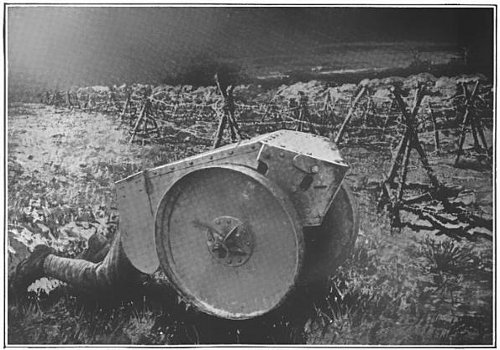Issei Sagawa took an unlikely path to fame — after killing and cannibalizing a Dutch woman in Paris in 1981, he wrote a fictionalized account of the crime, In the Mist, that sold 200,000 copies in his native Japan:
There is a loud sound and her body falls from the chair onto the floor. It is like she is watching me. I see her cheeks, her eyes, her nose and mouth, the blood pouring from her head. I try to talk to her, but she no longer answers. There is blood all over the floor. I try to wipe it up, but I realize I cannot stop the flow of blood from her head. It is very quiet here. There is only the silence of death.
Since his release from a Japanese psychiatric hospital in 1985, Sagawa has parlayed his reputation into a ghoulish industry. He has produced four novels, written a weekly column for a Japanese tabloid, appeared on the cover of a gourmet magazine, and is a regular subject of television documentaries. His crime inspired the Rolling Stones’ song “Too Much Blood.”
“The public has made me the godfather of cannibalism, and I am happy about that,” he said. “I will always look at the world through the eyes of a cannibal.”






